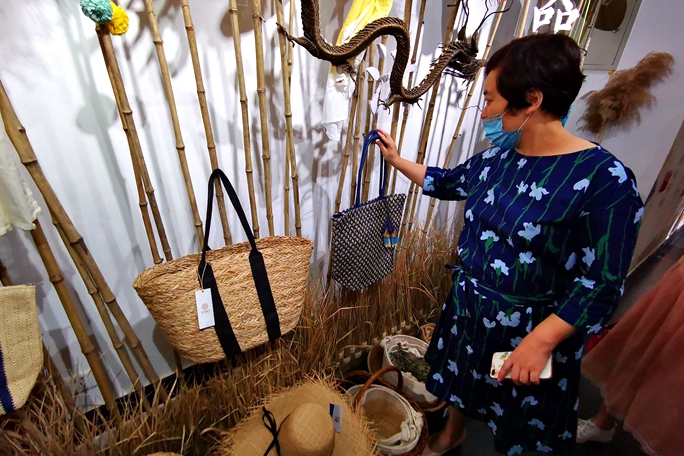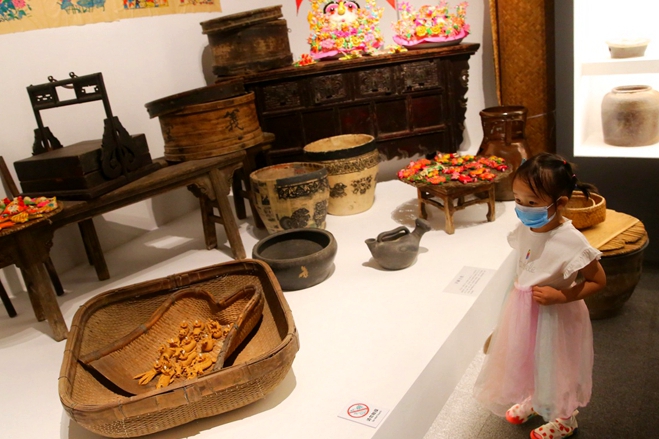Province a birthplace of Chinese civilization
Shandong gets its name because it is located to the east, or dong in Mandarin, of Taihangshan - the Taihang Mountains. It became an administrative region in 1168 AD and was named a province in the early Qing Dynasty (1644-1911).
Famed as the hometown of philosophers Confucius and Mencius, Shandong is one of the birthplaces of ancient Chinese civilization.
Relics of Neolithic cultures, including the Beixin, Dawenkou and Longshan cultures have been found in Shandong.
The earliest Chinese characters found and the country's earliest military defense project - the Qi Wall built during the Spring and Autumn period (770-476 BC) - are in the province. Shandong is also one of the birthplaces of Chinese ceramics and silk.
The Dawenkou culture site was discovered in Dawenkou township in Tai'an. Relics excavated show that pottery, stone and jade techniques were developed in that period.
Shandong also holds an important place in China's agricultural history.
Relics of grain granaries have been found at the Dawenkou site.
Three of China's four great ancient agronomy books were records of agricultural production in Shandong. The world's earliest agricultural works, Sisheng Zhishu, written during the Western Han Dynasty (206 BC-AD 24), and Qimin Yaoshu from 544 AD recorded agricultural production in the middle and lower reaches of the Yellow River basin.
During the Qin (221-206 BC) and Han Dynasties (206 BC-220 AD), Shandong was China's economic center. Linzi, Dingtao and Jining were the three major textile centers during the Han Dynasty, making Shandong one of the hubs of the ancient Silk Road.
Ceramic production in Shandong dates back to 5100 BC. Black pottery as thin as eggshells was found at the Longshan culture site. The area was developed into China's ceramic production and sales center during the Ming (1368-1644) and Qing Dynasties.
Zhao Aiguo, deputy head of the history and culture school of Shandong University, said Shandong has nurtured many great people including philosophers, strategists, medical scientists, agronomists, calligraphers and poets.
For instance, Confucius (551-479 BC) was a great thinker and educator. His thoughts still influence Asian regions including the Korean Peninsula, Japan and Vietnam. Statistics show there are more than 1,300 Confucian temples around the world.
The famous ancient military strategist Sun Wu (545-470 BC), best known as Sun Tzu, was also a Shandong native. His book The Art of War is China's earliest tome on the topic. The book has been translated into dozens of languages including English, French, German and Japanese.
The long history has left Shandong many cultural legacies. The province has 10 cities that are designated national-level historical and cultural cities. The province has more than 1.35 million items of cultural relics.
Shandong also has four world cultural heritage sites. They are Taishan Mountain, the Confucius Temple complex, the Qi Wall and the Grand Canal.
juchuanjiang@chinadaily.com.cn

 Shandong Culture and Tourism Consumption Season
Shandong Culture and Tourism Consumption Season Culture, tourism sectors pick up in Shandong as epidemic wanes
Culture, tourism sectors pick up in Shandong as epidemic wanes

